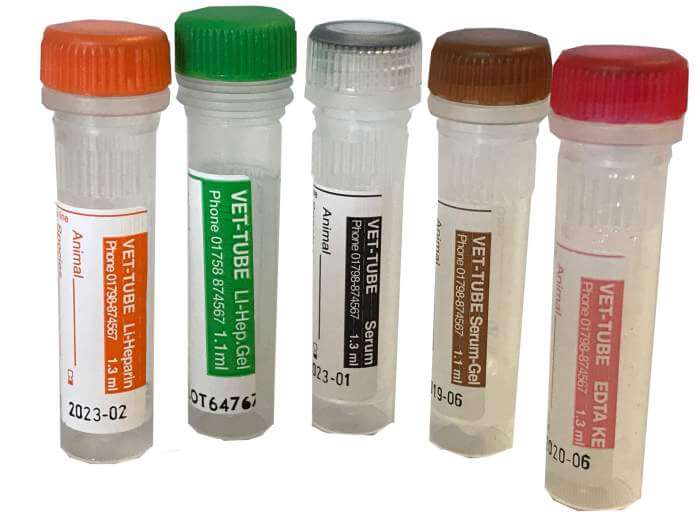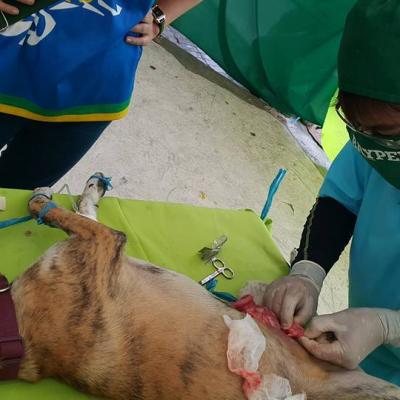The practice of veterinary medicine often requires the use of anesthesia. Anesthesia is sometimes used in order to perform even the most routine procedures.
Pets don't understand that they need to be calm and still during dental procedures or while an X-ray is being taken. Some pets are so nervous that they won't even allow a veterinarian to perform a physical examination without some type of chemical restraint like a tranquilizer or anesthetic.
Pet owners are often concerned about the risks associated with anesthesia, particularly with an older pet. Even though the anesthesia risks are relatively minor for routine procedures performed on young and healthy pets, there is always the potential for complications.
A complete physical exam, laboratory blood tests, as well as other diagnostic procedures enable veterinarians to screen for potential problems and risks before anesthesia is administered. This procedure is relatively inexpensive and well worth the time and money.
Studies have shown that about 10 percent of animals involved in pre-anesthetic laboratory testing have had their normal anesthesia protocol altered. In a third of these cases, the procedure was postponed until the problem was corrected.
A young healthy pet's blood work may simply consist of a total protein and red blood cell count. Older pets are more likely to have an underlying disease and more extensive blood analysis (serum chemistry) may be necessary. The results obtained from the serum chemistry provide the veterinarian with information on the health and function of the kidneys, liver and other organs.
Remember, pre-anesthesia testing is advantageous to your pet's health.




